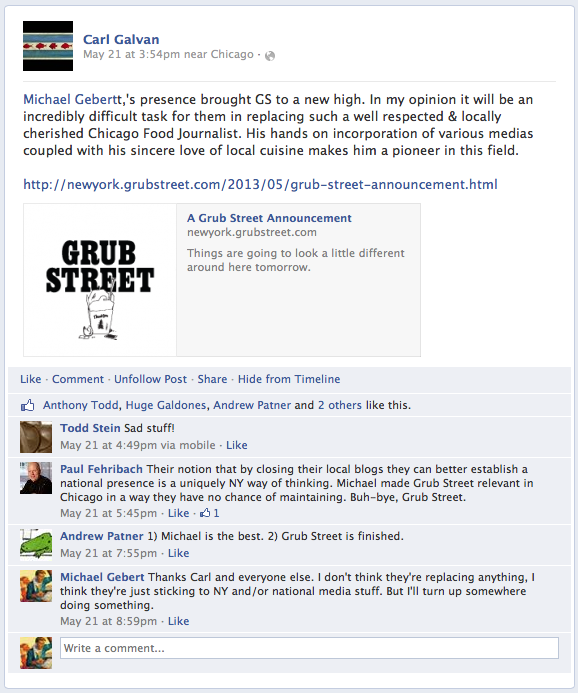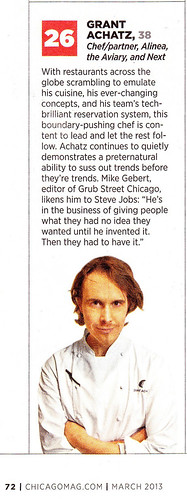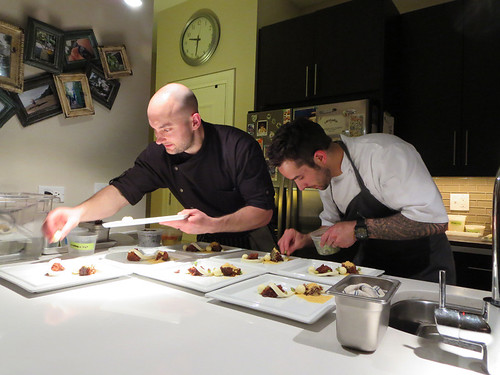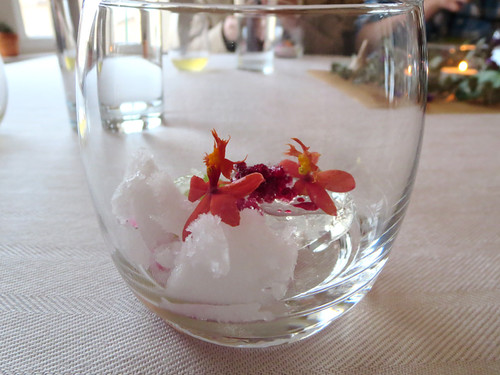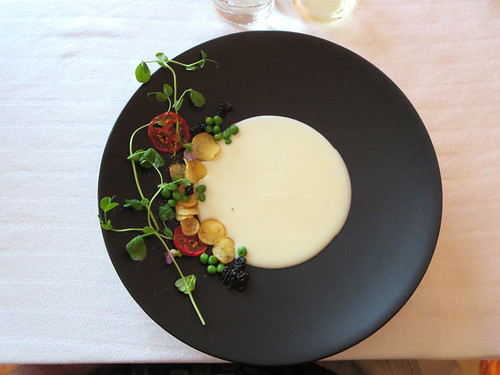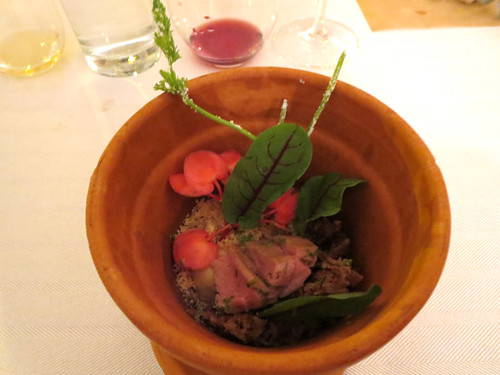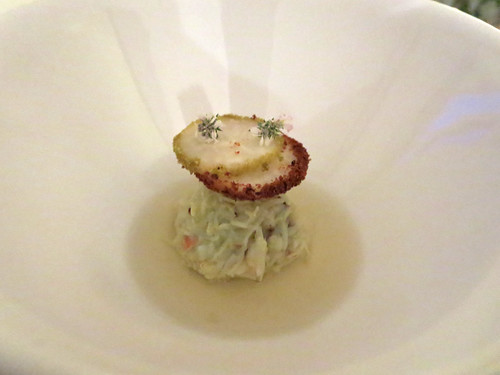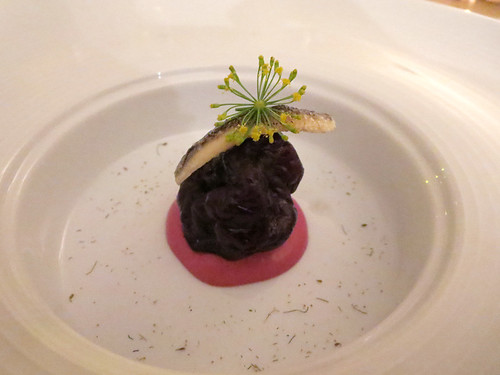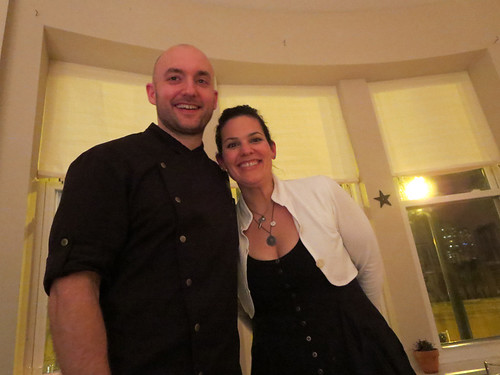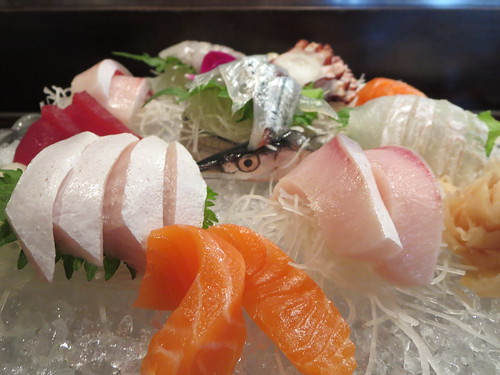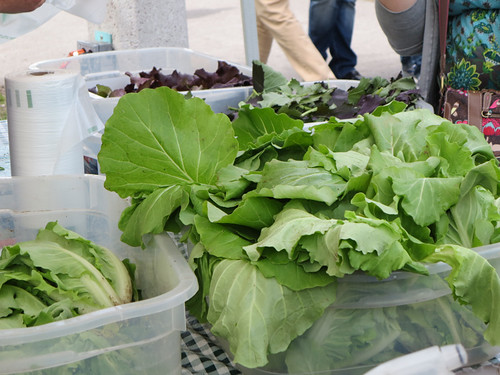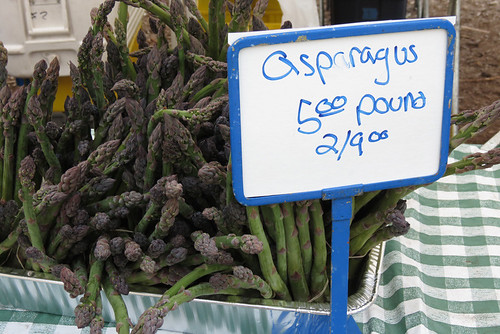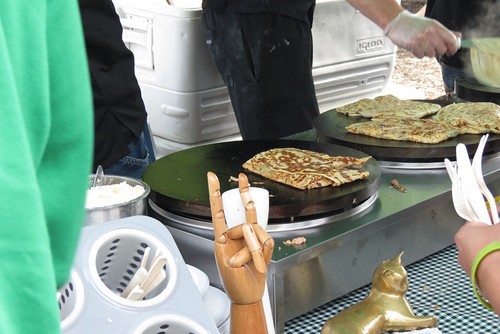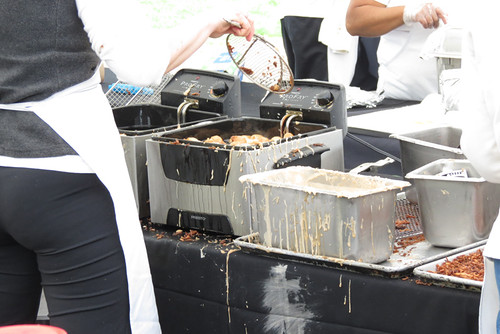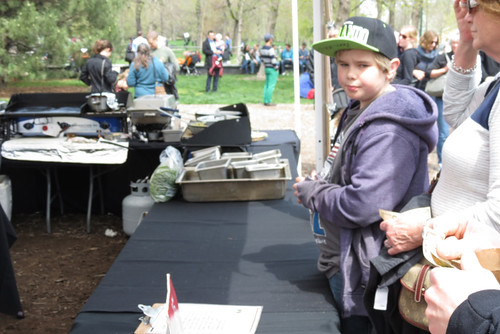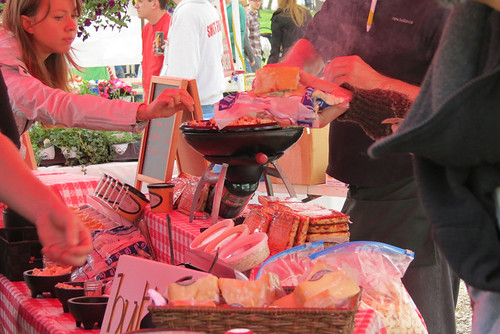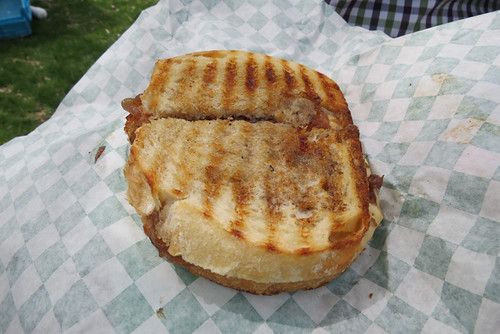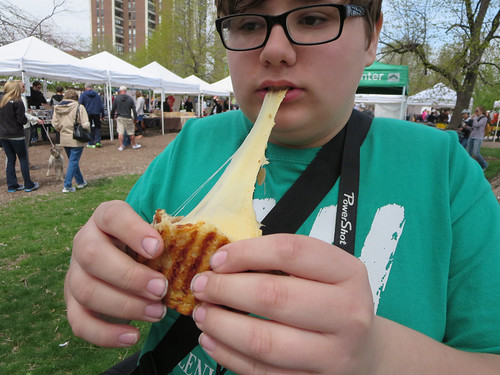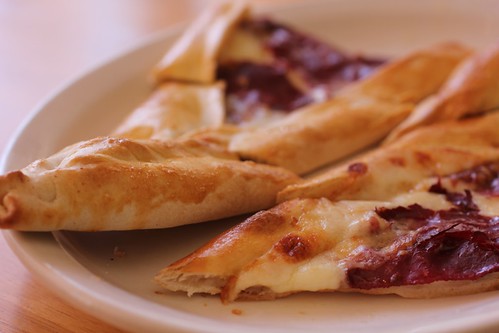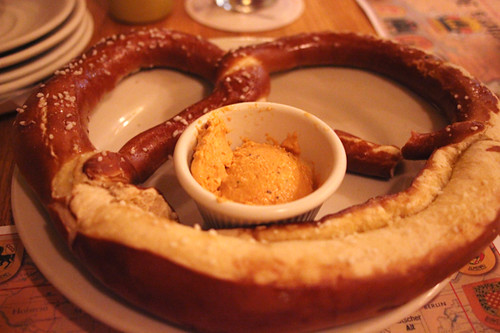
So here we are, where we left off not quite two years ago when I took the job at Grub Street Chicago; the procession of high end meals will surely slow for me at least for a bit, and it’s back to ethnic food in farflung bits of town— not that I ever stopped that. Maybe it’s just me, but it seems a nostalgic, taking-stock kind of moment; LTHForum is going through a blush of love for a place called Rainbow Thai that seems to be trying to recapture those heady times in 2004-6 when Erik M. was schooling us all on Thai food beyond pad thai and chicken satay, and I was reminded of another round of discoveries by a Tribune piece last week on Almawal in south suburban Worth. It seems recent compared to the Thai discoveries, but it was four and a half years ago that I wrote about the enclave of middle-eastern restaurants (and shops) in south suburban Bridgeview for Time Out (with accompanying blog post) in early 2009, further LTH exploration ensued including Almawal (which didn’t exist yet when I first wrote about the area), the best of them, Al-Bawadi, became a GNR, Mike Sula in time would uncover a sweet shop and Sheeba, a shortlived Yemeni restaurant, down there, and so on.
I tried Almawal a couple of years ago and thought it a fine enough place but not better than Al-Bawadi— and I was not positive, based on the meal that I had, that they charcoal-grilled their meats as Al-Bawadi had. Based on what others have written, they must, but it’s something of a verdict on the results that day that I couldn’t be sure. Anyway, after Pang’s Trib piece I thought it was probably time to give them another shot… unless I found something else new to try.
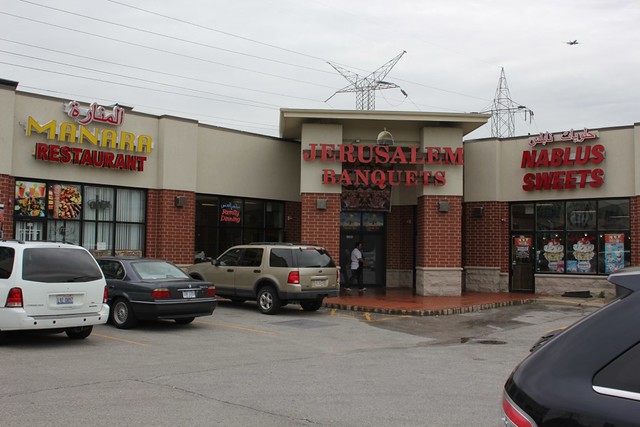
Nablus Sweets was one of the places I wrote about in Time Out, and when I saw Manara Restaurant in the same strip mall I immediately pulled over to check it out. It turned out that the restaurant was more like the antechamber to the banquet hall, from which middle eastern disco music boomed and into which rolling carts full of food kept disappearing. We were the only customers on the restaurant side but they did their best to look after us as they tended to the crowd inside. As the Jerusalem name suggests, most of the population down here is Palestinian, and I haven’t been wild about their tahini-heavy hummus in the past, but what they offered here was creamy and delicious, while the kefta kabob was terrific, brightly spiced and unmistakably grilled over charcoal, served with moist, flavorful rice. I pressed myself on the owner, a Kurt Kasznar lookalike, just long enough to get his back story: he owns the Loop middle-eastern place Haifa, and apparently turned its lunchtime profits into something grander for his neighborhood. Then I asked if my son and I could grab a couple of shots of the grill, and he invited us back and introduced us to the grill man, whom he said was from Jordan and had been operating this Palestinian style of charcoal grill for 40 years:

Here is a Palestinian grill man to be spoken of in the same breath as great barbecue men, as Michael Cheng the duck roaster of Sun Wah, of all the brethren who devote their lives to perfectly executed meats over live fire. So add Manara Restaurant to your list of places to check out in the Bridgeview area— though as we were driving off I noticed that another of the places I had visited 4-1/2 years ago had changed names and presumably owners again, and was now a place called Yazor Kabob— also promising charcoal fire. So I have that to check out too, now— though I was also made ever more conscious of an irony on the Bridgeview dining scene. The middle-eastern places promise charcoal fire and always have it. The Mexican places promise Tacos al Carbon— and never have live fire. If just one of them would follow the middle-eastern places and start burning charcoal instead of a gas grill, Bridgeview might be a destination for Mexican as well as middle-eastern.
Manara Restaurant
8310 S Harlem Ave
Bridgeview, IL 60455
(708) 907-5832
* * *
A couple of sweet-looking ladies running the place, all kinds of authentic things on the menu… Taqueria Teloloapan in Logan Square is the kind of place I should have loved. So what went wrong?
First, I ordered a chalkboard special of chicken in salsa verde. The salsa verde was bright and tart. It was the chicken that was the problem— which is to say, I didn’t expect exactly half a chicken. I figured I would kind of get scraps, most likely as the breast was used as somebody else’s entree. But I could have at least had the thigh, no? No, I got a small leg, a skinny wing, a hunk of bony back and the hacked-off pointy end of the breast— maybe a third of a cup of meat. At $4.99, I might have figured that was acceptable. At $7.99, enough to buy me a whole roasted chicken at the supermercado down the street, it was just chintzy.
Then there was the sign in the window that said Tortillas Hecho a Mano— made by hand; something that can redeem an otherwise middling meal. Well, not the ones that I got. A comment on Yelp says you can ask for them that way, though. Okay, fine. I will also tell you that you can ask for them that way— and that you shouldn’t have to when it says it in big letters like that on the glass storefront. That’s a sacred trust, a promise in vinyl letters on glass, not to be trifled with.
I’ll give it another shot someday, what there was tasted good and the ladies seem like they’re nice… but I’ll be more careful about ordering the not-so-special special, that’s for sure.
Taqueria Teloloapan
3641 W. Fullerton
773-384=2415
* * *
Speaking of 2008 or so, I was finally downtown at the right time to hit a place that had its day of fame around then, which I had never been to: Cafecito, a Cuban sandwich shop in the South Loop which is bedecked with aging clippings from all the food press of the day; Sula profiled its owner here, declaring it the city’s best Cuban sandwich. Me, I think the best Cuban sandwich, if not the best “Cuban sandwich,” is a lechon sandwich at 90 Miles To Cuba; I like that better than the grilled Cuban concoction of ham and roast pork with cheese, mustard and pickle. But even within that specific sandwich’s universe, I was unexcited by the Cuban sandwich at Cafecito, which was mostly a hard Gonnella roll with very thin quantities of pork and ham. Is the pork marinated in the guy’s housemade mojo, baby? Who could tell when it’s a couple of nanometers thick? I wouldn’t write this off, there’s a long menu and maybe soup is the thing to try, but it was hard not to think that 2008’s best Cuban sandwich isn’t so great in 2013.
Cafecito
26 E. Congress Parkway
(312) 922-2233


 Posted in
Posted in 
